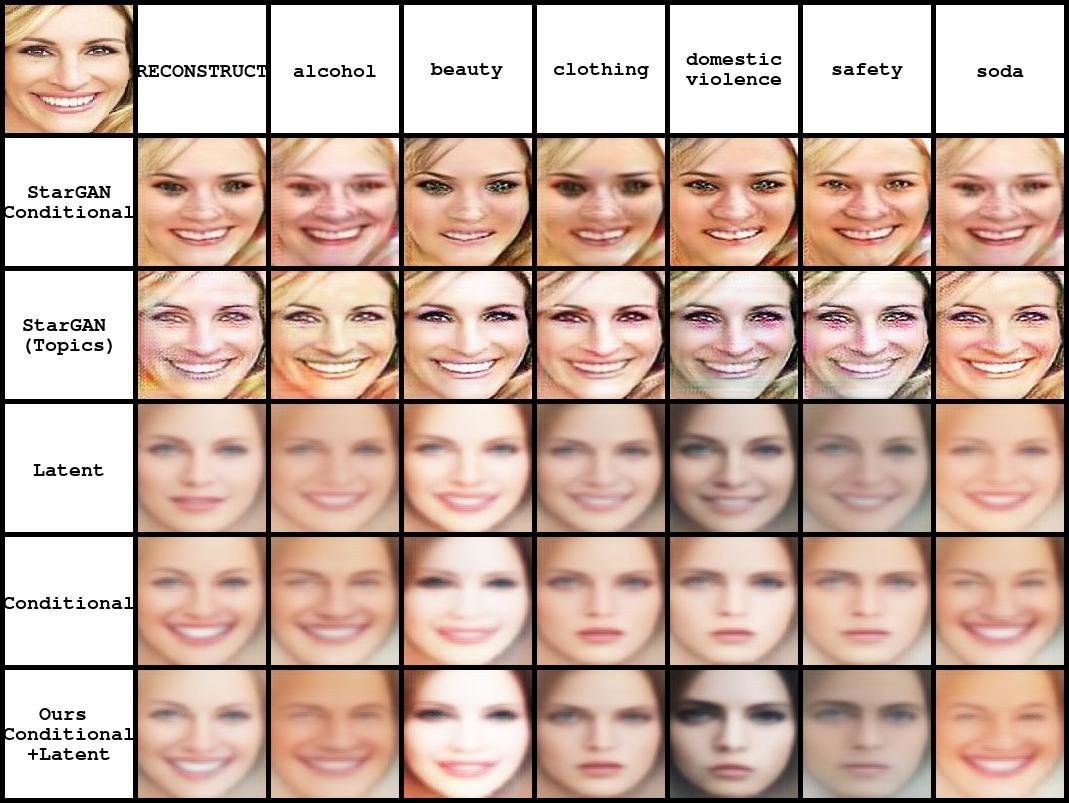Researchers from the University of Pittsburgh have recently developed a conditional variational autoencoder that can produce unique faces for advertisements. Their study is grounded on their previous work, which explored automated methods of better understanding advertisement.
“In our past project, we wanted to see whether machines could decode the complex visual rhetoric found in ads,” Christopher Thomas, one of the researchers who carried out the study, told Tech Xplore. “Ads contain puns, metaphors, and other persuasive rhetorical devices that are hard for machines to understand. In this paper, we didn’t only want to understand ads, but we wanted to see whether such persuasive content could be automatically generated by computers.”
The primary mission of the advertising industry is to promote products or convey ideas using persuasive language and images. Faces, a key aspect of ads, are often portrayed differently depending on the product advertised and message communicated.









Comments are closed.